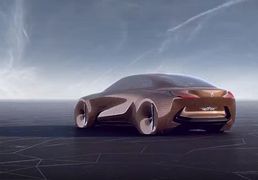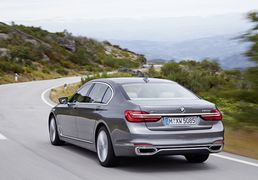IN A recent survey conducted by GKN Driveline among 1,000 motorists in Germany, a massive 75% say they prefer the idea of a plug-in hybrid (PHEV) over a regular hybrid or a pure electric car. And interestingly, although many hold this view for environmental reasons, it is the practicality of a plug-in hybrid that attracts them.
In the same survey, 49% say they expect their dealership to offer a PHEV version and 52% say their ideal car would have all-wheel drive. Is there such a car?
Traditional hybrids such as the Toyota Prius, Honda Insight and BMW ActiveHybrid models have not ticked all the boxes for these people, but now there are a few available right here in SA that do. Two are German in the form of the BMW X5 40e and Mercedes S400e and the other the Volvo XC90 T8.
The Volvo is off to a good start, as the regular XC90 line-up received the Wesbank/SA Guild of Motoring Journalists Car of the Year accolade for 2016. A good car then, but what does the PHEV version offer?
Well, you get a 2l petrol engine that is both supercharged and turbocharged. That in itself should be enough for most people, although in this segment of the market, bigger engines are often the preferred choice. So bolt on an electric motor as well and suddenly you get 300kW and 640Nm. That’s a full 65kW and 240Nm more than the petrol-only T6 version, the previous flagship. All of that translates into an SUV that can hit 100km/h in 5.6 seconds, which is sports car territory in many instances.
This level of performance is helped by the electric motor, which does not suffer from any of the dreaded power sapping that particularly happens at altitude. But while many will be salivating at the prospect of a sub-six second SUV, how about being able to achieve this feat while sipping a claimed average of just 2.1l/100km. No, that is not a misprint — although of course it is a figure achieved in ideal conditions, probably in a lab, although at one point we were recording 2.4l/100km.
These figures would make the T8 capable of travelling 2,381km, which is easily Joburg to Cape Town and then on to Port Elizabeth with enough range left to travel around town for a few days. We would of course have to put that to the test, but I will tell you this, while we had the car on test we seriously battled to get the fuel gauge to move — at all. And it’s a massive SUV. It turns the whole downsizing argument on its head, at least in terms of the vehicle size that is.
Given that most people probably travel around 50km during any given weekday, it is easily possible that you could stay mostly in electric mode all week and only use some of that petrol stuff on the weekend. You would have to charge it each evening to maintain the electric mode of course, but I got home each night, plugged it in to the standard plug in the garage and the next morning it had a full amount of juice again.
I can see why the Germans are so interested in the whole idea of a PHEV. It does not require you to step into the realms of a full-electric car, with all that range anxiety and quirky styling. Nor do you have to drive a Prius or other regular hybrid. Instead you are putting your hand out to the future, without overcommitting. A bit like the UK wanting all the benefits of being in the EU without actually being in the EU. The XC90 T8 could be Norway really.
It is also packed with luxury and other technology including a stunning, if rather complicated touchscreen interface, a digital instrument cluster and let’s not forget all that beautiful Swedish design in the interior.
So it’s the perfect car then? Well, yes and no. It is brilliant but we are talking about new technology here and new technology comes at a price. At R1,092,000, it costs R140,000 more than the equivalent T6 Inscription. Even with its impressive fuel economy, it would take a number of years to recoup that cost, if ever, depending on the length of time you keep a car for. That is of course the same with almost all hybrids and electric vehicles, until such time as either the technology costs the same or the government provides much needed incentives to bring the price down, as in other parts of the world.
Technology also played its part when the car insisted I was driving through the Crocodile River when I was actually in the car park at OR Tambo. Confidently, the T8 thought I should be doing 120km/h at the time too, which either says it is extremely good in the water or it has the world’s best handling in a car park. A spokesman for Volvo SA advised that the software had not been updated properly.
Tech gremlins aside, the T8 has shown exactly why the Germans are excited about PHEVs. And they can happily buy the Volvo knowing that while it is Swedish, it is at least, European.
VOLVO XC90 T8
WE LIKE: Styling, luxury, equipment, fuel consumption, performance
WE DISLIKE: Price, technology glitches
VERDICT: A great package, now even better
-
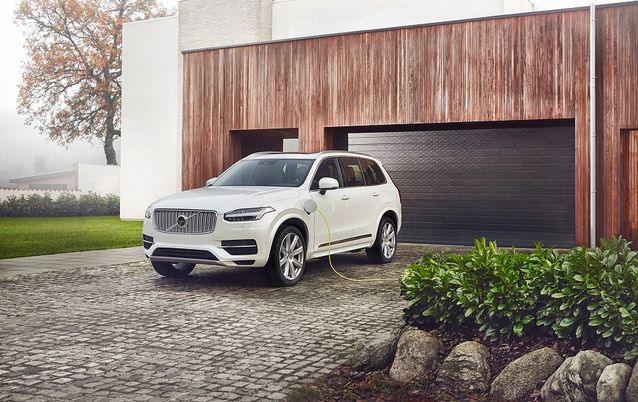
The Volvo XC90 T8 is quite happy charging at home. Picture: QUICKPIC
-
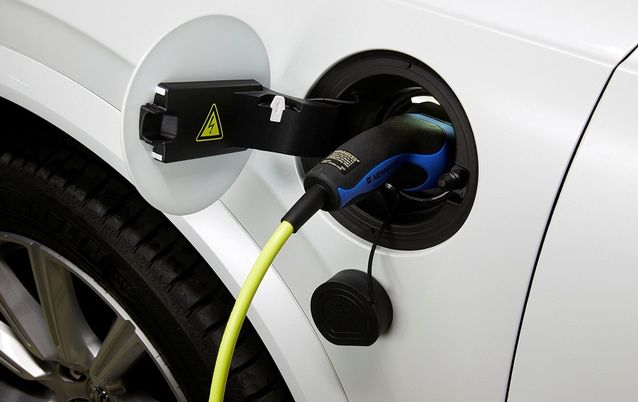
The Volvo XC90 T8 is quite happy charging at home. Picture: QUICKPIC
-
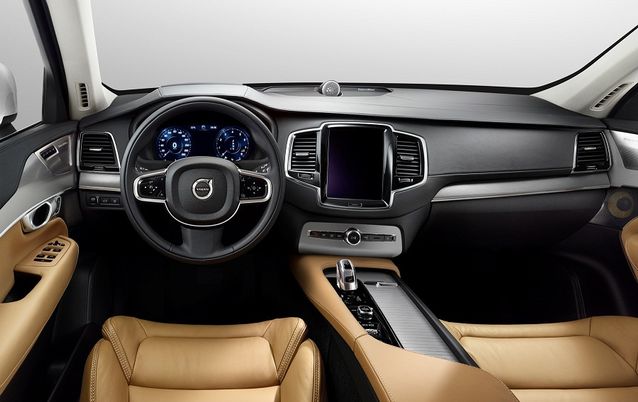
The interior is a superb example of technology and luxury. Picture: QUICKPIC
-
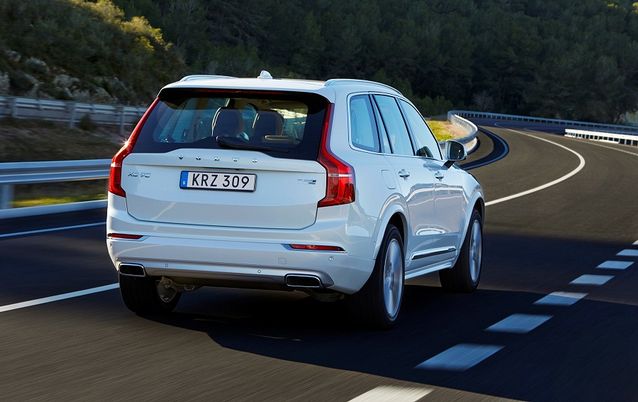
The joy of plug-in hybrids is that they look like any other model. Picture: QUICKPIC
-
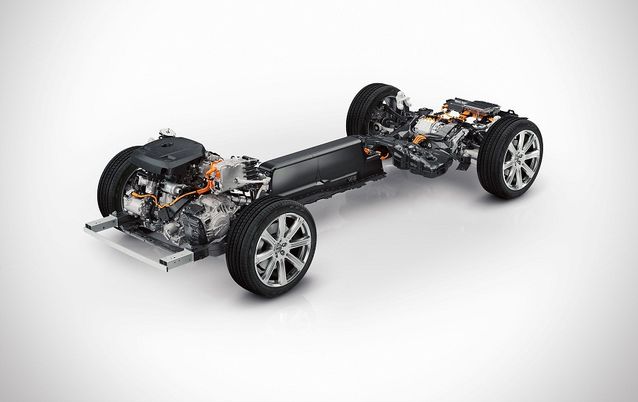
Up front sits a 2l petrol engine with an electric motor at the rear. Picture: QUICKPIC
IN A recent survey conducted by GKN Driveline among 1,000 motorists in Germany, a massive 75% say they prefer the idea of a plug-in hybrid (PHEV) over a regular hybrid or a pure electric car. And interestingly, although many hold this view for environmental reasons, it is the practicality of a plug-in hybrid that attracts them.
In the same survey, 49% say they expect their dealership to offer a PHEV version and 52% say their ideal car would have all-wheel drive. Is there such a car?
Traditional hybrids such as the Toyota Prius, Honda Insight and BMW ActiveHybrid models have not ticked all the boxes for these people, but now there are a few available right here in SA that do. Two are German in the form of the BMW X5 40e and Mercedes S400e and the other the Volvo XC90 T8.
The Volvo is off to a good start, as the regular XC90 line-up received the Wesbank/SA Guild of Motoring Journalists Car of the Year accolade for 2016. A good car then, but what does the PHEV version offer?
Well, you get a 2l petrol engine that is both supercharged and turbocharged. That in itself should be enough for most people, although in this segment of the market, bigger engines are often the preferred choice. So bolt on an electric motor as well and suddenly you get 300kW and 640Nm. That’s a full 65kW and 240Nm more than the petrol-only T6 version, the previous flagship. All of that translates into an SUV that can hit 100km/h in 5.6 seconds, which is sports car territory in many instances.
This level of performance is helped by the electric motor, which does not suffer from any of the dreaded power sapping that particularly happens at altitude. But while many will be salivating at the prospect of a sub-six second SUV, how about being able to achieve this feat while sipping a claimed average of just 2.1l/100km. No, that is not a misprint — although of course it is a figure achieved in ideal conditions, probably in a lab, although at one point we were recording 2.4l/100km.
These figures would make the T8 capable of travelling 2,381km, which is easily Joburg to Cape Town and then on to Port Elizabeth with enough range left to travel around town for a few days. We would of course have to put that to the test, but I will tell you this, while we had the car on test we seriously battled to get the fuel gauge to move — at all. And it’s a massive SUV. It turns the whole downsizing argument on its head, at least in terms of the vehicle size that is.
Given that most people probably travel around 50km during any given weekday, it is easily possible that you could stay mostly in electric mode all week and only use some of that petrol stuff on the weekend. You would have to charge it each evening to maintain the electric mode of course, but I got home each night, plugged it in to the standard plug in the garage and the next morning it had a full amount of juice again.
I can see why the Germans are so interested in the whole idea of a PHEV. It does not require you to step into the realms of a full-electric car, with all that range anxiety and quirky styling. Nor do you have to drive a Prius or other regular hybrid. Instead you are putting your hand out to the future, without overcommitting. A bit like the UK wanting all the benefits of being in the EU without actually being in the EU. The XC90 T8 could be Norway really.
It is also packed with luxury and other technology including a stunning, if rather complicated touchscreen interface, a digital instrument cluster and let’s not forget all that beautiful Swedish design in the interior.
So it’s the perfect car then? Well, yes and no. It is brilliant but we are talking about new technology here and new technology comes at a price. At R1,092,000, it costs R140,000 more than the equivalent T6 Inscription. Even with its impressive fuel economy, it would take a number of years to recoup that cost, if ever, depending on the length of time you keep a car for. That is of course the same with almost all hybrids and electric vehicles, until such time as either the technology costs the same or the government provides much needed incentives to bring the price down, as in other parts of the world.
Technology also played its part when the car insisted I was driving through the Crocodile River when I was actually in the car park at OR Tambo. Confidently, the T8 thought I should be doing 120km/h at the time too, which either says it is extremely good in the water or it has the world’s best handling in a car park. A spokesman for Volvo SA advised that the software had not been updated properly.
Tech gremlins aside, the T8 has shown exactly why the Germans are excited about PHEVs. And they can happily buy the Volvo knowing that while it is Swedish, it is at least, European.
VOLVO XC90 T8
WE LIKE: Styling, luxury, equipment, fuel consumption, performance
WE DISLIKE: Price, technology glitches
VERDICT: A great package, now even better


























